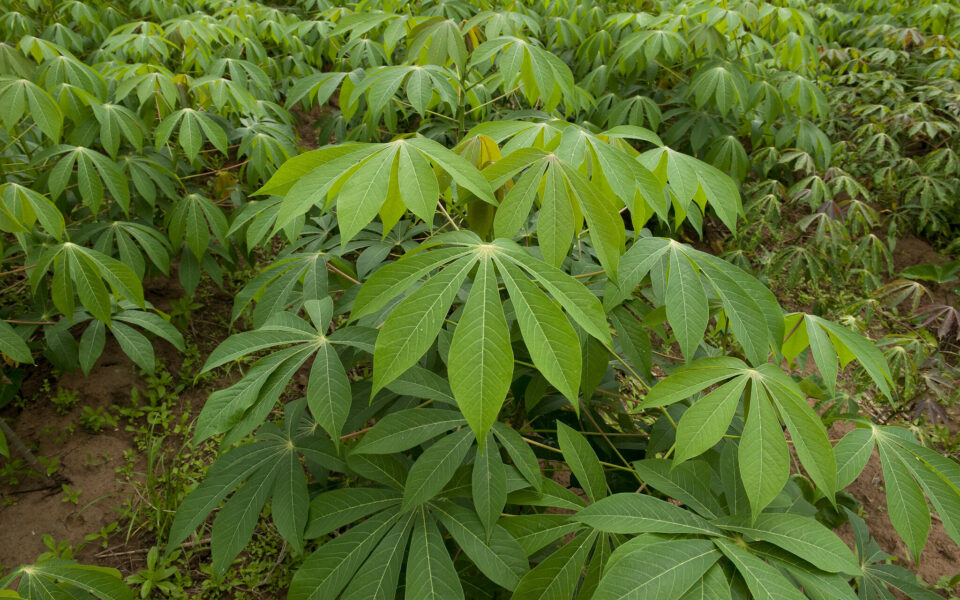
Protecting National Parks with Cassava
Cassava is one of the main crops produced by communities around national parks for food and income in southwest Cameroon. The crop is largely cultivated using traditional methods, often resulting in low yields and soil degradation. Slash-and-burn agriculture is also a concern; worldwide, slash-and-burn agriculture by subsistence farmers is a significant cause of deforestation.
Over the last five years, CBI partner IITA, the International Institute of Tropical Agriculture, has worked to improve sustainable intensification of cassava around three protected areas in southwest Cameroon. The project, done in collaboration with Cameroon's Project for Sustainable Management of Natural Resources-Southwest, tested soil improvement methods, trained farmers on innovative cassava farming techniques, and worked with villages to evaluate different cassava strains.
The project reached more than 3,700 farmers; 20 percent of farmers involved declared they have reduced use of forest land for farming. Learn more about the project and next steps at the link below.
Intensification of cassava production as a component of the national plan for the protection of three national parks in the Southwest Region of Cameroon